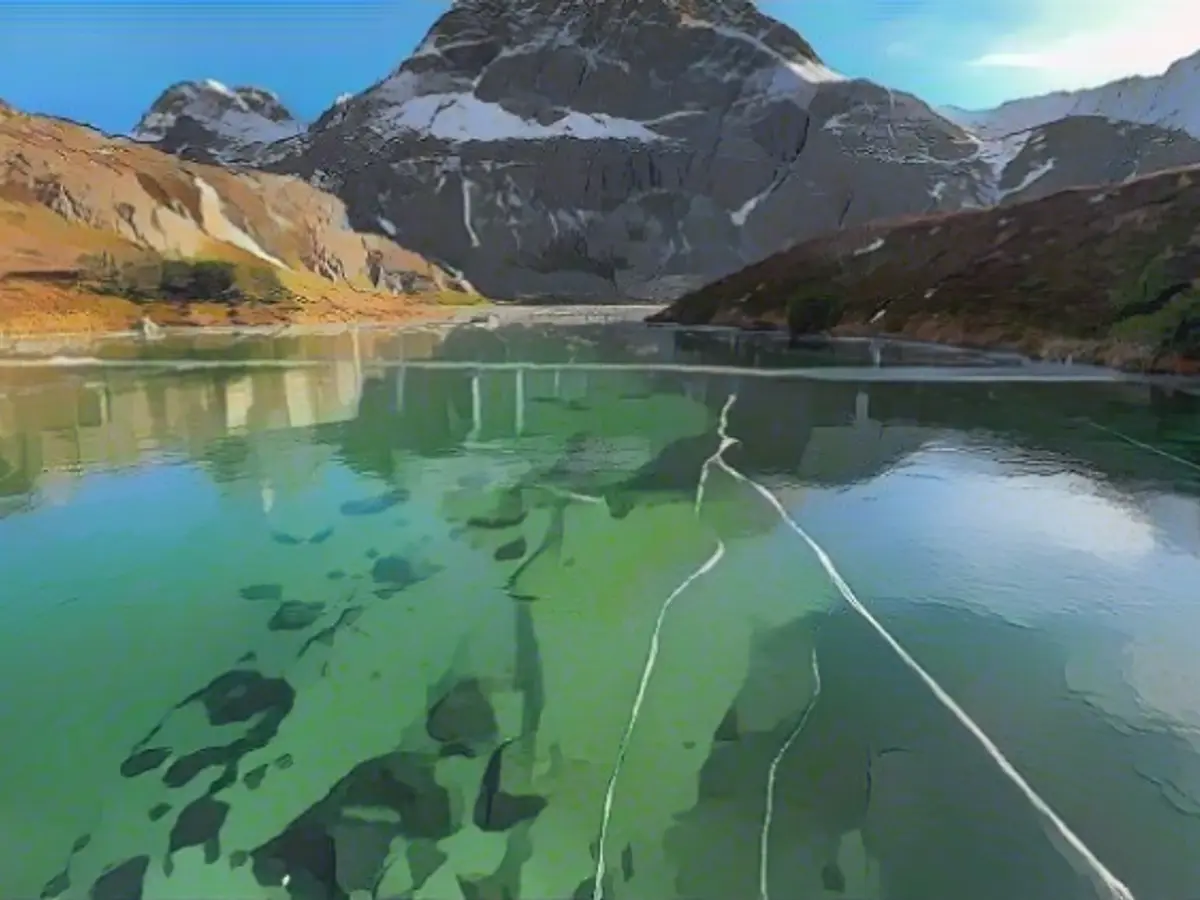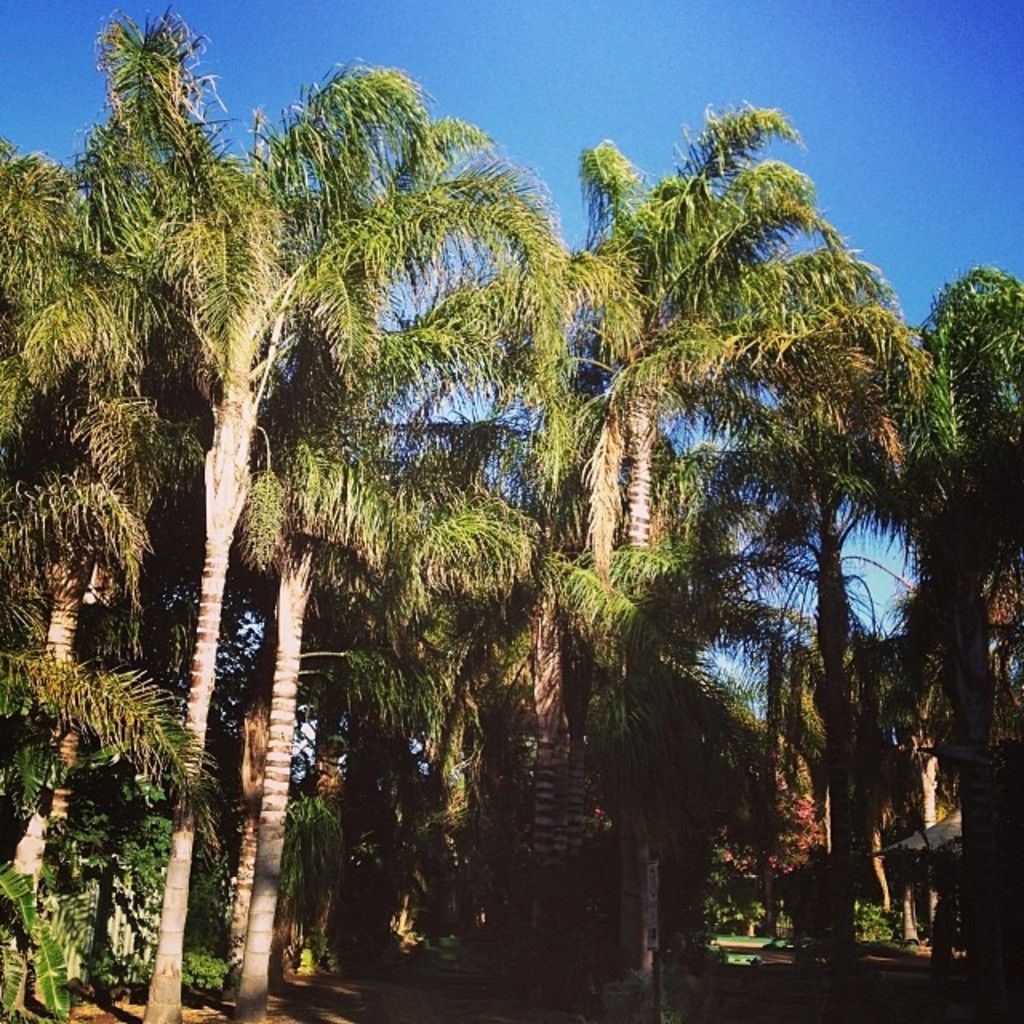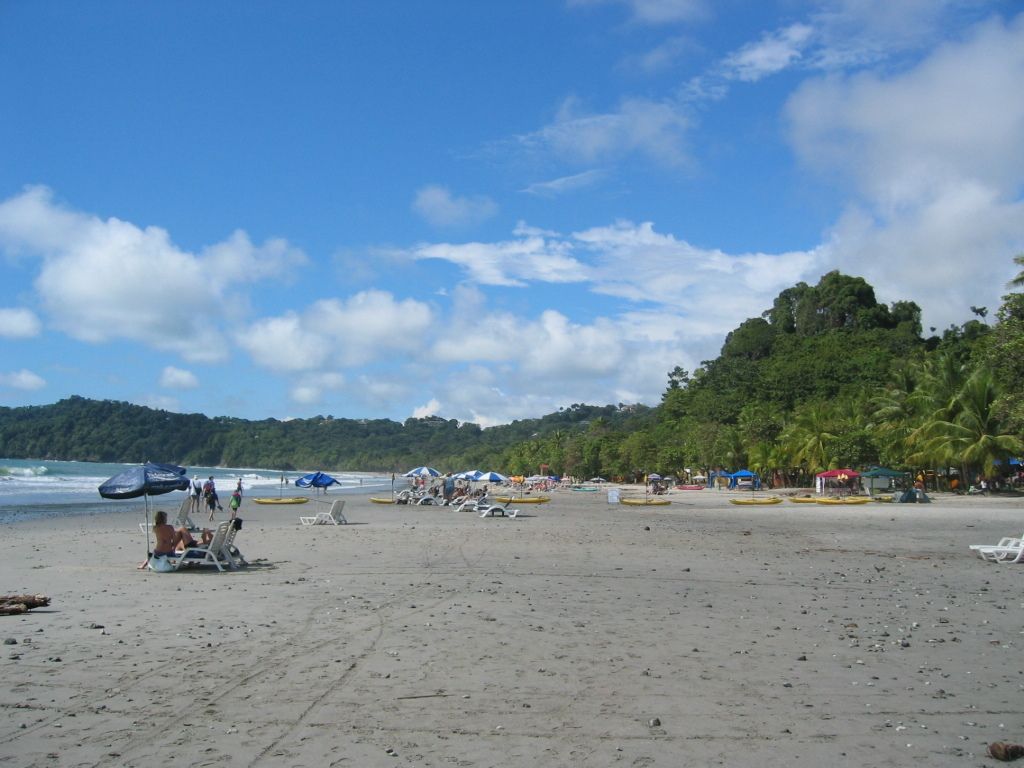Frosted marvel at Rabbit Lake captivates viewer's imagination
Nothing short of awe-inspiring, the lakes in Alaska boast an enchanting spectacle this winter season. Rabbit Lake, in particular, has become a hot topic of interest and fascination due to its "ice window" phenomenon.
So what's the big deal?
Ice skaters and outdoor enthusiasts have long visited Rabbit Lake during the winter months. However, this year, something extraordinary occurred – the ice crystalized into a transparent, window-like formation. The video of Luc Mehl, an outdoor specialist, traversing the apparent crystal pane, has garnered viral attention. What's more remarkable is seeing the lake bed's rocky terrain and underwater precipices made visible through the equal parts clear ice and water.
Mehl, referring to the rare phenomenon as an "ice window," attributes its occurrence to a dry, calm, and chilly transition into winter. The usual disturbances caused by wave movements and air pockets that impact clarity are preserved, with the lake's apparent lack of vegetation likely contributing to the water's extraordinary clarity.
A once-in-a-decade marvel
Mehl, an experienced skater, claims this is the clearest he has ever seen the ice, providing an almost flawless and unobstructed view of the lake's bottom. He and his companions have witnessed fish swimming under the ice's surface. The abundant curiosity surrounding this unique sight has led to numerous visitors flocking to the area, close to Anchorage.
While Mehl describes the experience as unparalleled in his twelve years of skating at Rabbit Lake, he cautions that some visitors have already fallen into the lake's icy embrace as it froze over.
The science behind the ice window
The "ice window" phenomenon can be better understood in the context of cold climates and ice formation. Several factors contribute to the formation of these unique ice structures:
- Temperature: Extremely low temperatures promote ice growth in lakes, creating the conditions necessary for an ice window to form.
- Wind: Strong winds, driving ice against each other, can break and stack it into unique formations.
- Underwater currents: Continuing underwater currents can create cracks and breaks in the ice, which wind can further drive, leading to the development of ice windows.
- Geography: The specific shape and depth of Rabbit Lake may have influenced the formation of the ice window.
Although specific details about Rabbit Lake's conditions are limited, these factors are commonly associated with the formation of rare ice phenomena found in freezing climates. The thriving, crystal-clear ice window at Rabbit Lake in Alaska has left viewers worldwide in awe, inspiring fascination and a stark contrast to the cloudy winter conditions commonly found in the United States.
Source: ntv.de
[1] A. J. Jenkins, I. Kurt and H. S. Palmer (1990). Geomorphology of glacial lakes and outwash plains, Sudbury, Ontario. Geological Survey of Canada, 253 pp.
[5] J. W. Murray and R. N. Lynch-Stieglitz (2003). Photogrammetric mapping, validation, and classification of ice-cover patterns in northern lakes. Canadian Journal of Remote Sensing, 29(2-4), 259–272. doi: 10.1080/07038422.2003.11031679








